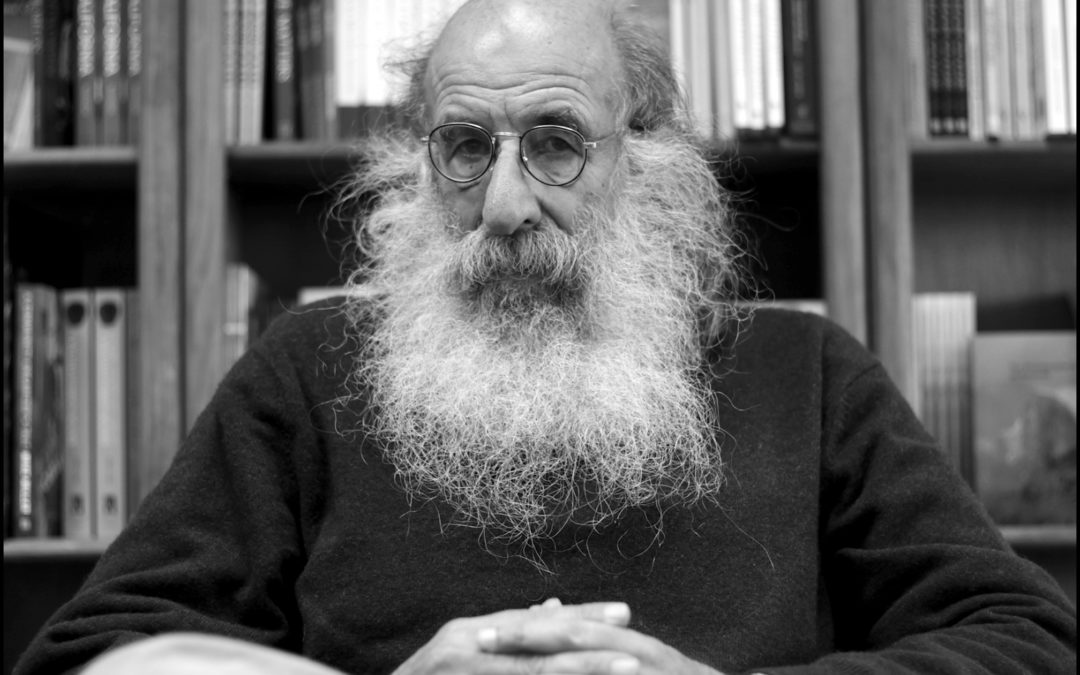Writer Malcolm Margolin and the University of California, Berkeley’s (UC Berkeley’s) Archaeological Research Facility are collaborating to produce a book, exhibit materials, and related activities about the West Berkeley Shell Mound. With origins dated at 4,700 years before the present, this shell mound marked the location of what is generally considered the first permanent human settlement on the shores of the San Francisco Bay. Although it has long been destroyed, some 3,400 artifacts and records of archaeological investigations have accumulated in UC Berkeley’s storerooms and archives, inaccessible to the general public. This constitutes a loss for residents of the area, most egregiously for the native community.
Malcolm Margolin has written five books, introductions to scores of books, and numerous articles, interviews, reflections, and reportage, for which he has won many awards. His best known book, The Ohlone Way: Indian Life in the San Francisco/Monterey Bay Area has gone through nearly 20 printings. In 1974, he founded Heyday Books, a nonprofit publishing company, and in 1987 founded the quarterly magazine News from Native California. Margolin is respected by both the Indian community and archaeologists, and he will work with members of both groups on this project. Scholars of the Archaeological Research Facility and at the Phoebe Apperson Hearst Museum of Anthropology will contribute advice, instruction, and guidance, interpreting technical reports and working with the author to photograph and interpret the artifacts.
The book developed through this project will be published in late 2018; photographs of the artifacts will be incorporated into The Richmond Museum of History’s permanent exhibition on the shell mounds of the East Bay; and graphics, information, and perspectives gained by this project will enrich displays and interpretive efforts of the Phoebe Apperson Hearst Museum.

